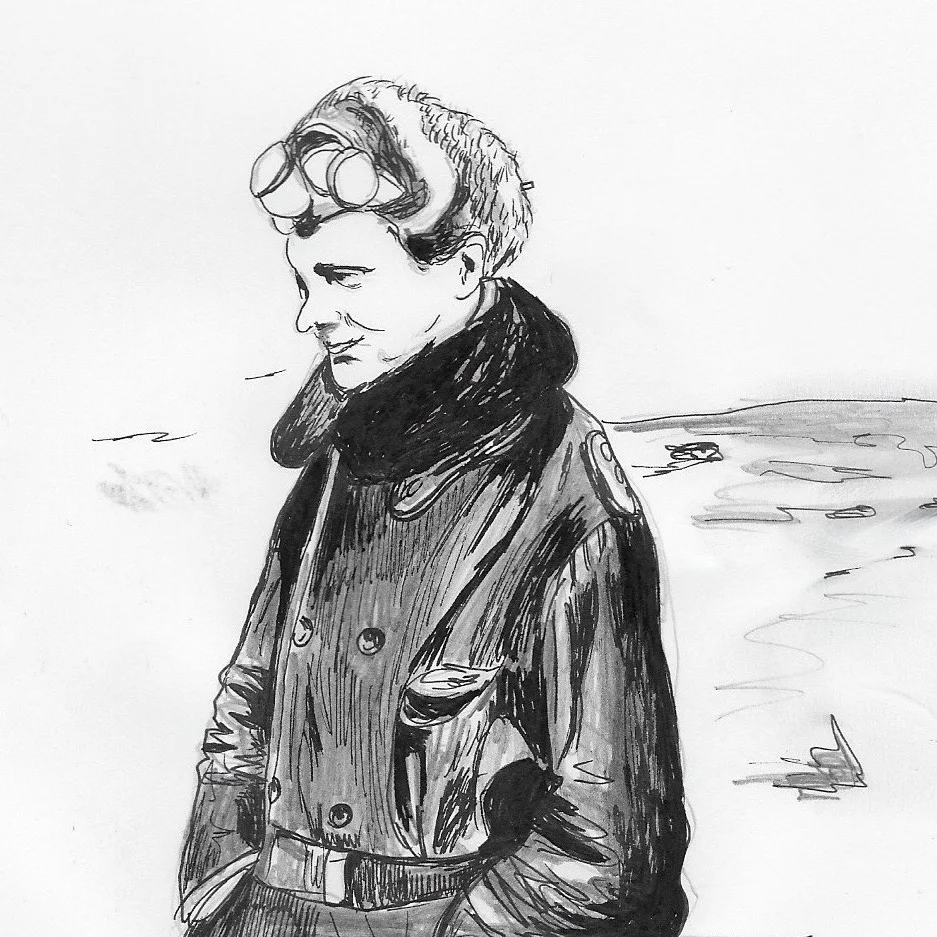In this piece, Osman Nemli reflects on the idea that fashion, fundamentally, is an expression of one’s intents and purposes. Drawing upon this idea, Nemli writes that fashion grants the possibility of externalizing oneself for others to see.
All tagged Identity
Fashioning the Public Sphere, Pt. 1
One way to assess and try to understand the freedom of thought that any society enjoys, protects, and promotes is to determine how robust its public sphere is. Read along as Osman Nemli asks: Where would fashion come into the conversation addressing freedom of thought within society?
Fashionable Resistance and the Danger of the Multi-Colored Cloak
Fashion is not politically neutral, and in this series I set myself the task of philosophically unpacking the relation between fashion and politics.
The Red Shirt
I don’t know how I felt when I first tried the shirt on, but presumably, beyond the obvious fact that it was the right size, even at that tender age, there was a good fit between us, the unspoken sense of a partnership in the making, the magical realization that this will work, waiting to be confirmed and reinforced with each successive wearing.
A Space for Self-Fashioning: The Countess of Castiglione’s Photographic Self-Image
While she alludes to common archetypes of femininity in her photographs, the photographs of the Countess are more than just a submission to pre-scripted definitions of womanhood.
Swagger and Flow: Fashion, Masculinity, and Redressing Gender Failure in Seduction Communities
In New York City, there exists a small community of heterosexual men who seek to learn flirting and dating skills in self-help communities called “seduction communities.” Playing a key role in their social construction of identity, fashion makeovers aim to help these sexually-frustrated men embody charismatic masculine identities.
Safe Spaces of Desire: Advertisements in the Nineteenth-Century Fashion Press of Berlin, Paris, and New York
This essay looks at advertisements that appeared in three turn-of-the-century fashion magazines — exploring how the fashion industry in some ways participated in the perpetuation of normative gender roles, but in others created a more subversive counter-narrative.
L’Orient Exotique: Couture, Culture, and the Colonial Dreamscape
Sabyasachi Mukherjee sells aura over object, lifestyle over product. He de-emphasizes the commerce of his business to a point where it is not even visible anymore. But conversely, the images used to advertise the products create a perceived sense of cultural authenticity that I call his “Colonial Dreamscape.”
Looking Cool in Black Leather
With the word “cool” completely drained of meaning — used today in an excessive, inflationary way — it seems extraordinary that coolness can still be linked with specific garments and characteristics. Indeed, no other garment has been so continually associated for so long with coolness as the black leather jacket. At once, it is part of the fashion industry’s mass-market repertoire yet, barely having changed form over the last century, it stands as a classic symbol of affectlessness, individuality, and non-conformism.








